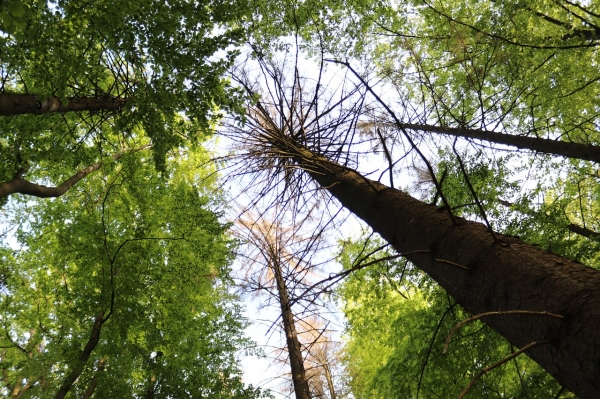Ecologists have long known that standing dead trees, commonly referred to as snags, are an important habitat element for forest dwellers and act as a driver of biodiversity.
Ecologists have long known that standing dead trees, commonly referred to as snags, are an important habitat element for forest dwellers and act as a driver of biodiversity.
They’re so important that in some managed forests, snag creation is part of the conservation tool kit – i.e., crews sometimes convert a percentage of live trees into dead ones through techniques ranging from sawing off their tops to wounding their trunks to injecting them with disease-causing fungi.
Until now, however, key questions had remained unanswered: How well do any of those techniques actually work over the long term? And which ones are cost-effective for land managers seeking to enhance habitat?
Jim Rivers of the Oregon State University College of Forestry looked at nearly 800 large-diameter Douglas-fir trees that had been subjected to snag creation treatment in southwestern Oregon in the early 2000s. He learned that chain-saw topping was the best way to have a rotting, standing dead tree after a couple of decades, especially if the topped tree had minimal live branches left in in place.
Read more at Oregon State University
Photo Credit: reNatura via Pixabay




